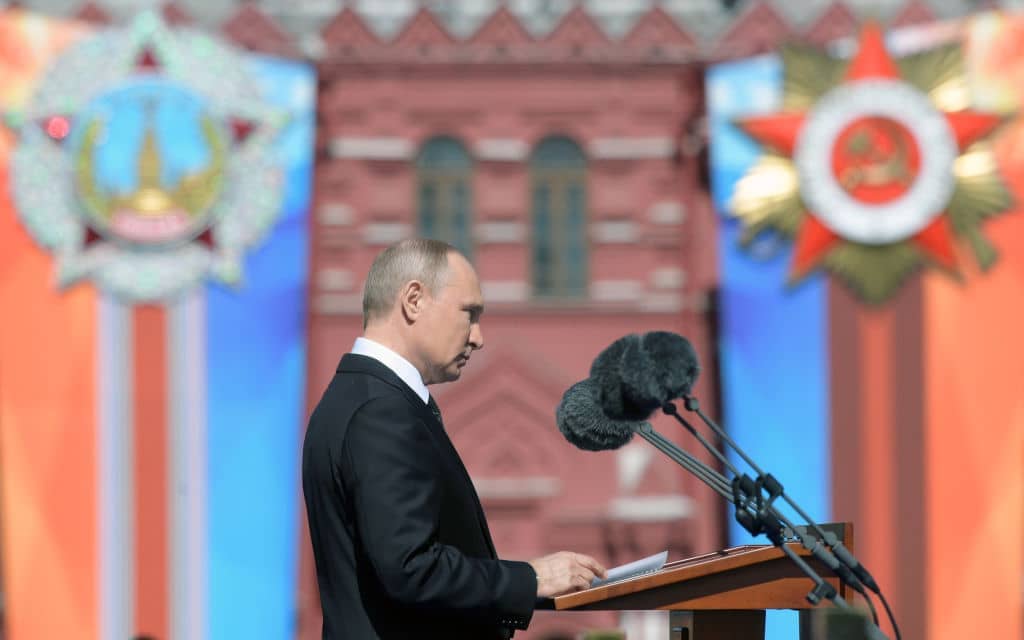On Christmas Day 1991, in his last act as president, Mikhail Gorbachev signed away the existence of the Union of Soviet Socialist Republics. A 74-year experiment that began with the ‘Great October Revolution’ of 1917 (although the USSR was formally constituted in 1922) was over. Or was it?
Thirty years on, Stalin regularly tops the Levada Centre’s survey of ‘the most outstanding personality in history’, while half of Muscovites favour the return to Lubyanka Square of the statue of ‘Iron Felix’ Dzerzhinsky, founder of the Bolshevik political police.
Russian troops are massing on Ukraine’s borders. Moscow demands that Nato should stay out of the countries of the former USSR. The control of the media and public conversation tightens. And dissidents face prison or worse. No wonder some are accusing Vladimir Putin of wanting in some way to reconstitute the old USSR.
His often-quoted line that its collapse was ‘a major geopolitical catastrophe’ of the twentieth century,’ as well as his evident dislike of Gorbachev would seem to reinforce the notion that this is a quintessential Homo Sovieticus out to restore what was lost.
Putin no more shows any signs of wanting to conquer his way to the old Soviet borders, than he demonstrates any allegiance to the old Marxist-Leninist canon
Of course, the truth is much more complex.

Get Britain's best politics newsletters
Register to get The Spectator's insight and opinion straight to your inbox. You can then read two free articles each week.
Already a subscriber? Log in







Comments
Join the debate for just $5 for 3 months
Be part of the conversation with other Spectator readers by getting your first three months for $5.
UNLOCK ACCESS Just $5 for 3 monthsAlready a subscriber? Log in